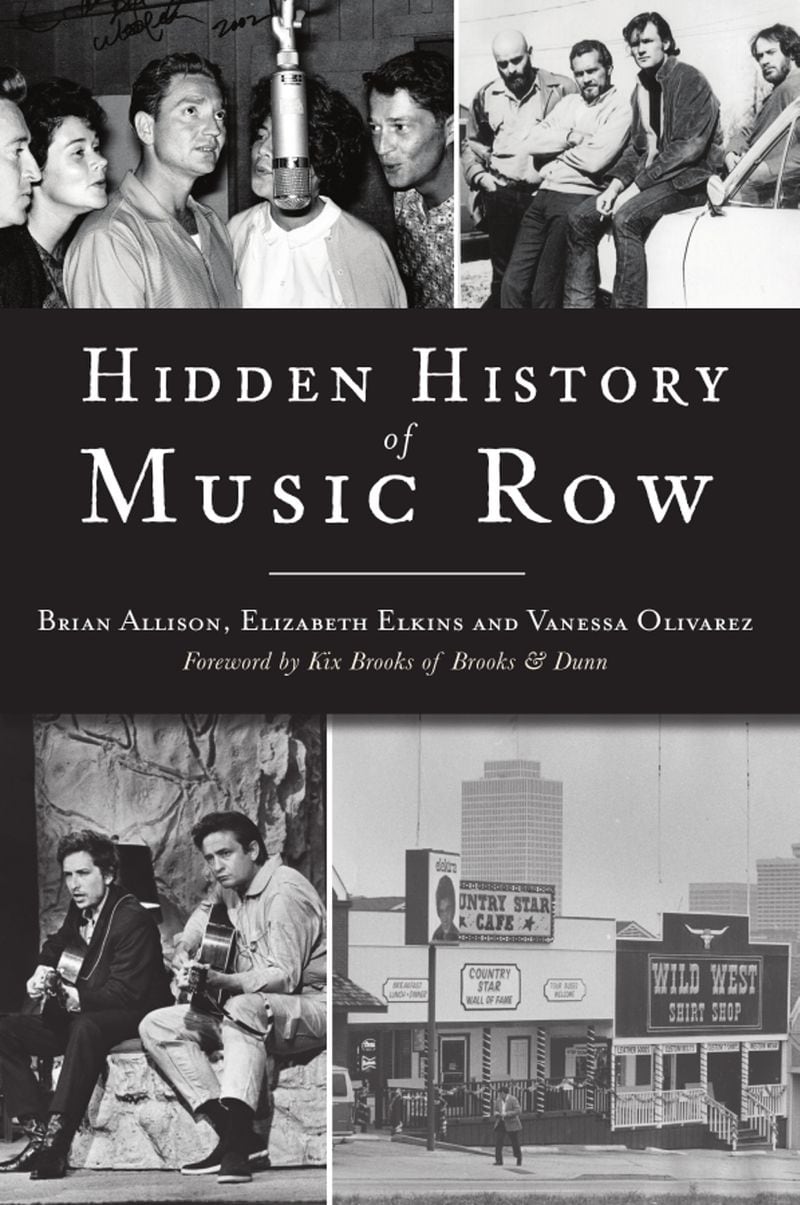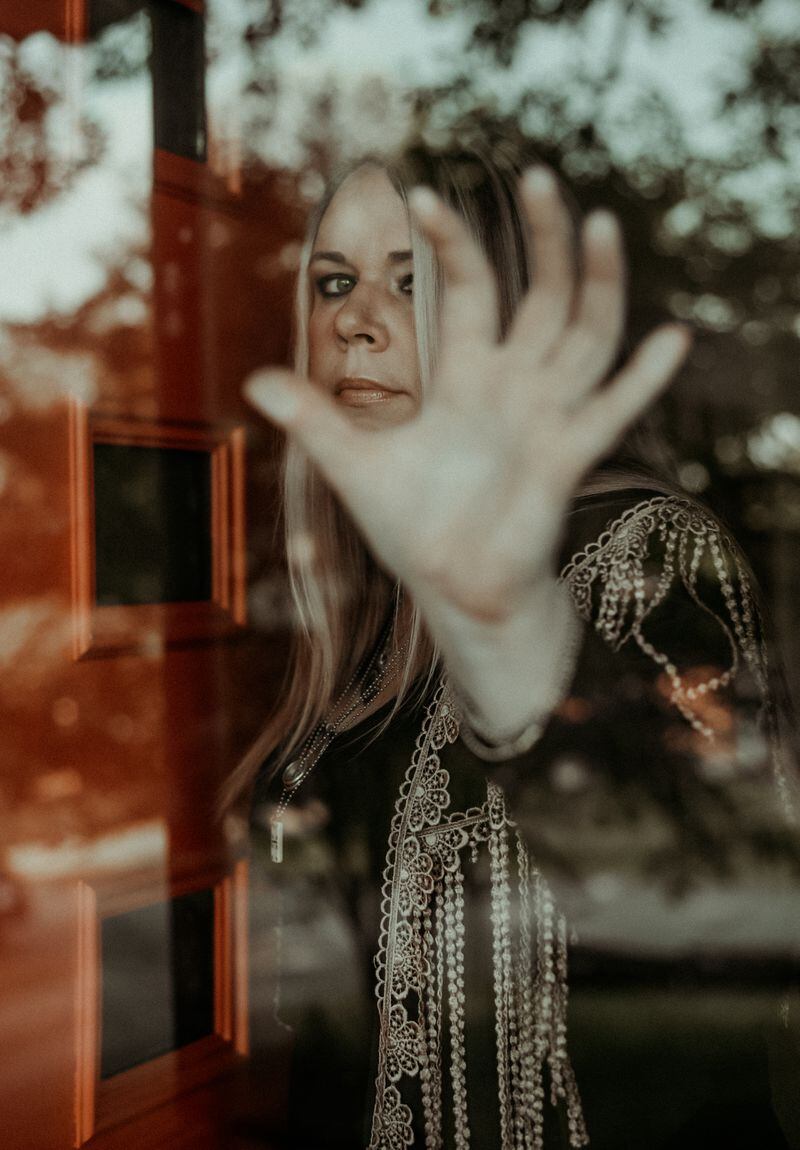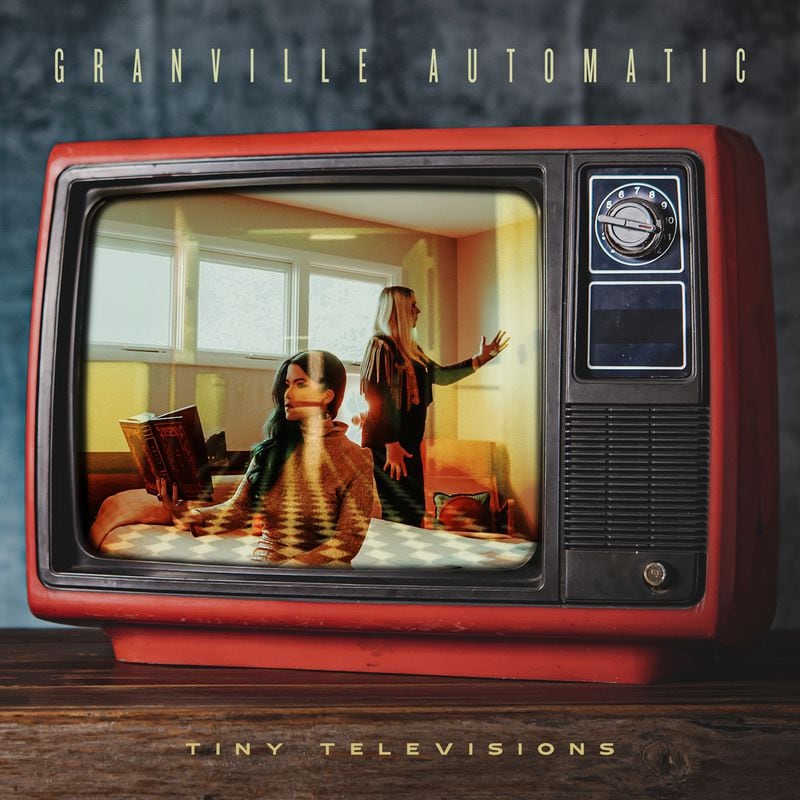As Kix Brooks of Brooks & Dunn proclaims in the introduction to “Hidden History of Music Row” (The History Press, $21.99), a music fan could spend a lifetime digging into the tales of 16th and 17th avenues in Nashville.
Over the years, the compact, arrowhead shaped neighborhood has been home to a legendary succession of recording studios, housed in modest Quonset huts, gleaming high rise towers and even a spooky former nursing home.
More important, the artists who wrote songs and sang them up and down the twining avenues include the likes of Hank Williams, Johnny Cash, Willie Nelson, Patsy Cline, Kris Kristofferson, Bob Dylan and Leonard Cohen.
Two of the authors of “Hidden History,” Elizabeth Elkins and Vanessa Olivarez, are themselves Music Row songwriters, who have worked with Sugarland, Billy Currington, Wanda Jackson and many others.
Elkins and Olivarez also are the founders of Granville Automatic, a band they named for a 19th century typewriter and formed in Atlanta before moving to Nashville in 2014.
Credit: HANDOUT
Credit: HANDOUT
“When we started the band, we made the decision that we wanted it to be about storytelling,” Elkins says. “We felt like storytelling was kind of a lost art. We still like to call this band an alt-country band. We’re a little too weird for mainstream country, and a little too mainstream for Americana.”
The songs on Granville Automatic’s new recording, “Tiny Televisions,” are musical companions to some of the stories in the book. And a second book, “The Lost Music Row” (The History Press), is due out next year.
Nashville historian Brian Allison, son of Music Row producer, songwriter and executive Joe Allison, joined Elkins and Olivarez to write “Hidden History.”
Their three voices rotate in alternating chapters, telling stories that fit their interests and expertise. The overarching theme is people who came to Nashville in search of a dream that sometimes came true, and sometimes ended in tragedy. The cautionary tale is how much is changing around 16th and 17th avenues, and how many historic buildings are being lost.
Released in 2018, “Radio Hymns” was the Granville Automatic album that ultimately led to “Hidden History.” Like the book, it features tales of Music Row, including the strange life of Timothy Demonbreun, an adulterous French trader, who had multiple wives and lovers, and kept one of them hidden in a cave, along with his baby.
Credit: Alexandra Arielle
Credit: Alexandra Arielle
To get to almost anywhere in Nashville, including Music Row, you’ll likely find yourself on Demonbreun Street, notes Elkins, who is working on another book, “Your Cheatin’ Heart: Timothy Demonbreun and the Politics of Love and Power in Nascent Nashville” (Vanderbuilt University Press).
“The House That Fell Down,” another song on “Radio Hymns,” is also expanded into a chapter in the book. It tells the story of Jacob Schnell, a wealthy German Austrian immigrant of the early 1900s, who had a party to introduce his wife and family to Nashville’s highest society, but no one showed up. He went a little crazy and decreed that his grand mansion should never be repaired, but left to become “an eyesore forever” in the town that snubbed him. The mansion was eventually demolished and on its site was built Capitol Records. Some believe it’s haunted by the ghosts of the Schnell family.
They say suicide’s the only way home tonight / the fourth window is a stairway to heaven. That’s the powerful opening couplet to the title song on “Tiny Televisions.” It recounts the history of the Little Sisters of the Poor Home for the Aged, also featured in the book.
After the Catholic mission vacated the 108-year-old building, it was sold and converted into the lavish home of BMG, and later Sony Records moved in. But before that, real estate developer Steve Armistead recalled seeing elderly residents sitting like zombies in the chapel, medicated and staring at tiny televisions. The home’s most desperate residents were known to jump from the top floor to their deaths.
“When Steve Armistead told me that story, I thought this has got to be a song, “Elkins says. “It was one of those times when the hair on your arms stands up. It encompassed everything about Music Row. Knowing that space became the place for BMG and Sony parties, and just a decade or so earlier, people were jumping off the top floor, in that condition.”
Certainly, “Hidden History” doesn’t want for lurid, sad and fantastic stories. Rock fans will revel in more recent history in chapters like Elkins’ “More Than Just Country,” which recounts the years between 1966 and 1972, when Bob Dylan, Leonard Cohen and Neil Young came to town, “and the town was never the same.”
Dylan recorded “Blonde On Blonde” at Columbia Studio A, and reportedly the band consulted a Ouija board about the album. The verdict: “It was either gonna be the biggest album in the world or it ain’t gonna do nothing.’”
Of course, “Blonde On Blonde” was among Dylan’s greatest recordings, and it marked a major change in the perception of Nashville production. Cohen recorded “Songs From A Room” and “Songs Of Love And Hate” at Studio A. And Neil Young recorded “Harvest” at nearby Qudrafonic Sound Studio.
“All these guys were so fascinated by what was happening here,” Elkins says. “But they’re also seen as this terrible heathen force showing up to destroy the goodness of Music Row.”
Credit: HANDOUT
Credit: HANDOUT
In “The Outlaws” chapter, Olivarez charts the 1970s Nashville course of Waylon Jennings and Willie Nelson through the recollections of Chris Gantry — an under-appreciated singer/songwriter, and “one of the last remaining leaders of the outlaw country revolution.”
“I have such a connection through time with that period,” Olivarez says. “Chris is probably one of the more interesting humans I’ve had the pleasure of sitting down with. He is eclectic in every way, incredibly well spoken and intelligent, and everything that comes out of his mouth feels like it’s out of a movie.”
Gantry tells of high times at Tally Ho Tavern, which he says “was like a hillbilly archangel hangout,” where everyone from Porter Wagoner to Johnny Cash would hang out and drink and pass the guitar around. “For a young writer, it was like being in Shakespeare class,” Gantry says.
Right now, Elkins and Olivarez should be on the road, playing songs from “Tiny Televisions” and promoting “Hidden History of Music Row” — or a least sitting in a studio room together writing songs, instead of communing on Zoom.
The duo’s last Granville Automatic gig was in February, opening for the SteelDrivers in Texas. In March, they survived the devastating Nashville tornado that hit close to their homes. And then the pandemic closed down the music business.
“It was like the world changed in that moment, here,” Elkins says. “Nashville went from bursting at the seams with opportunity to nothing.”
“It’s the first time in my life that I haven’t been able to do music for people,” Olivarez says. “But there still is the ability to create. I try to remember that, and that I still have the ability to record and make music. And we still have the opportunity to write these books and tell people’s stories. That’s a blessing in and of itself.”
NONFICTION
by Brian Allison, Elizabeth Elkins and Vanessa Olivarez
The History Press
192 pages, $21.99
Signed copies of the book and CD “Tiny Televisions” are available at granvilleautomatic.bigcartel.com.









